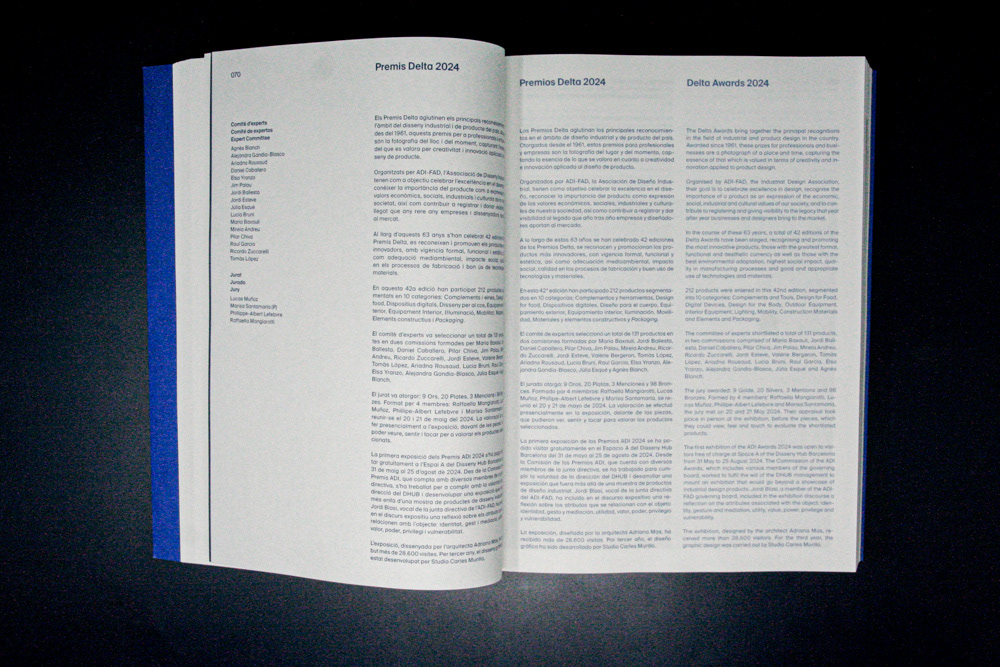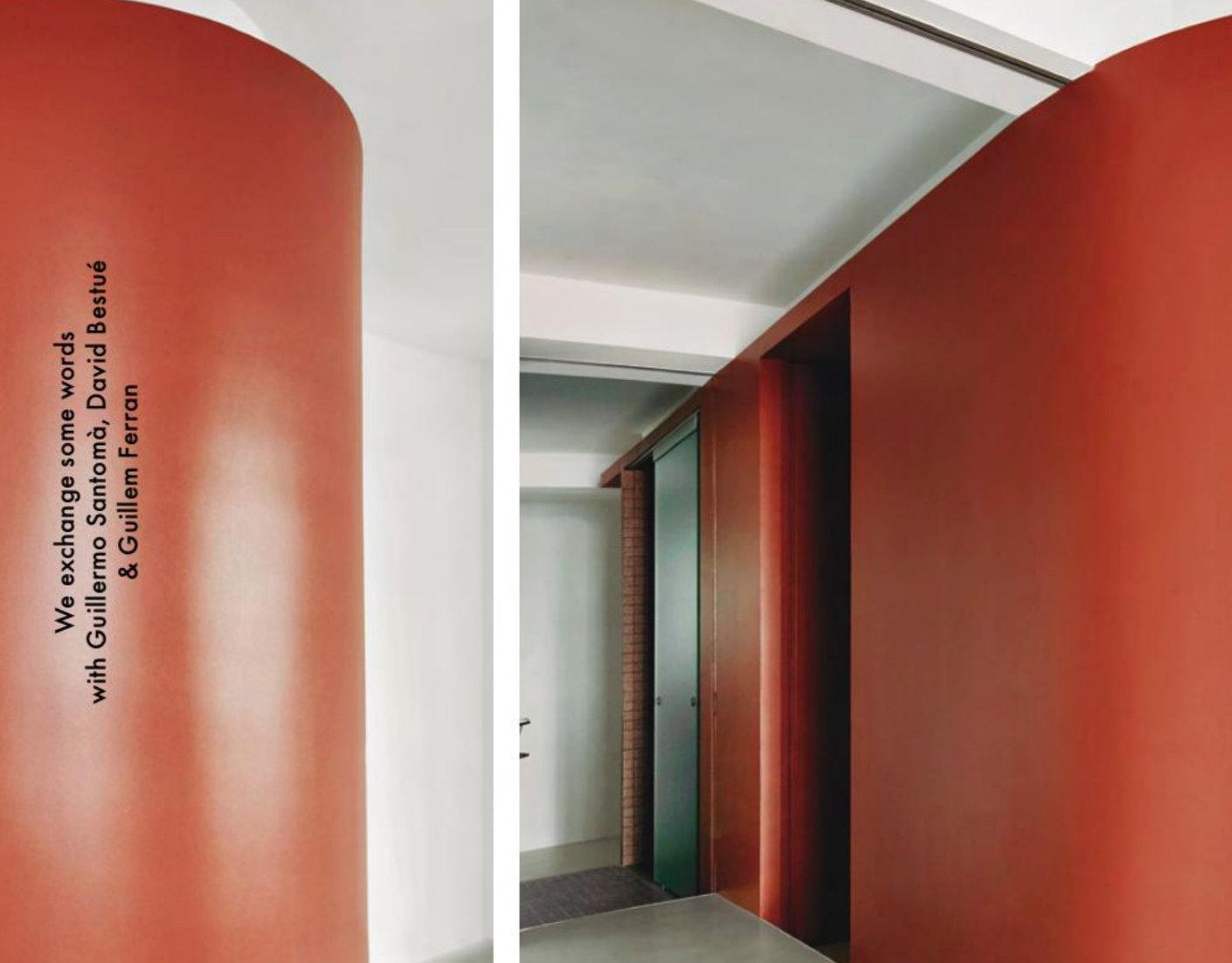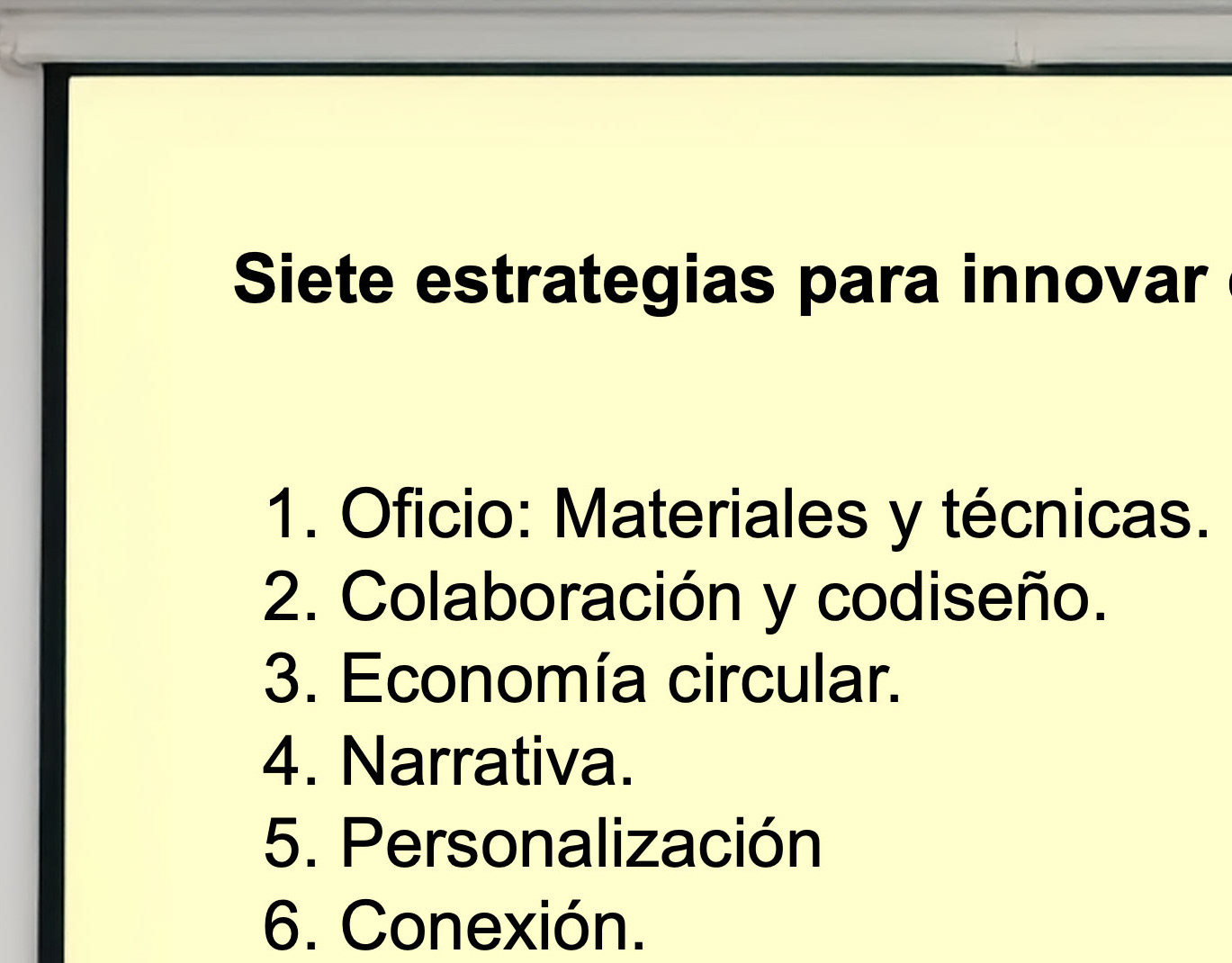Opinion article published on ADIBOOK 2024.
Available to read at the author's research gate profile.
Available to buy for ADIFAD members or at Experimenta
Available to read at the author's research gate profile.
Available to buy for ADIFAD members or at Experimenta
The article focuses on my personal experience, between 2018 and 2024, I have had the privilege of participating as a chairman in the design awards committee and jury, alongside Rafaella Perrone and with the invaluable support of Neus Escoda. Over these years, I have witnessed the intricate nature of the selection and deliberation process, which requires a careful balance of leadership, active listening, and in-depth understanding of the projects under consideration. Acting as chairman involves observing and coordinating the jury's decisions while ensuring that the process remains rigorous, fair, and transparent.
The role of the design awards goes beyond simple selection; it represents a form of curation, a collective effort to observe, analyze, and understand the value of design in its societal context. It reflects a moment in time, a place, and a shared understanding of ethics and aesthetics. Challenges include mitigating unconscious biases, reducing external influences, and ensuring every voice in the jury is heard while avoiding "groupthink" or rushed decisions due to time pressures.



Throughout the years, key criteria such as innovation, functionality, sustainability, and social impact have defined the awarded projects. While 2020 highlighted technical functionality and efficiency, the 2022 awards showed a more balanced integration of technology, usability, and sustainability. By 2024, the emphasis shifted towards social innovation, human impact, and the broader global relevance of design. This evolution demonstrates how design priorities have adapted to address pressing societal and environmental needs.






The process also underscores the importance of evaluating physical products through direct, multisensory experience, rather than relying solely on images. Structuring deliberation sessions thoughtfully—allowing time for individual and collective reflection—further enhances the fairness and quality of outcomes. Key concepts like Arrow’s theorem, the anchoring bias, and the Condorcet paradox highlight the complexities inherent in collective decision-making.



Ultimately, this reflection emphasizes the value of continually analyzing and improving the processes behind design awards. Understanding the decisions, values, and priorities of these years allows us to document a piece of design history while preparing for its evolving role in addressing future societal and cultural challenges."**









